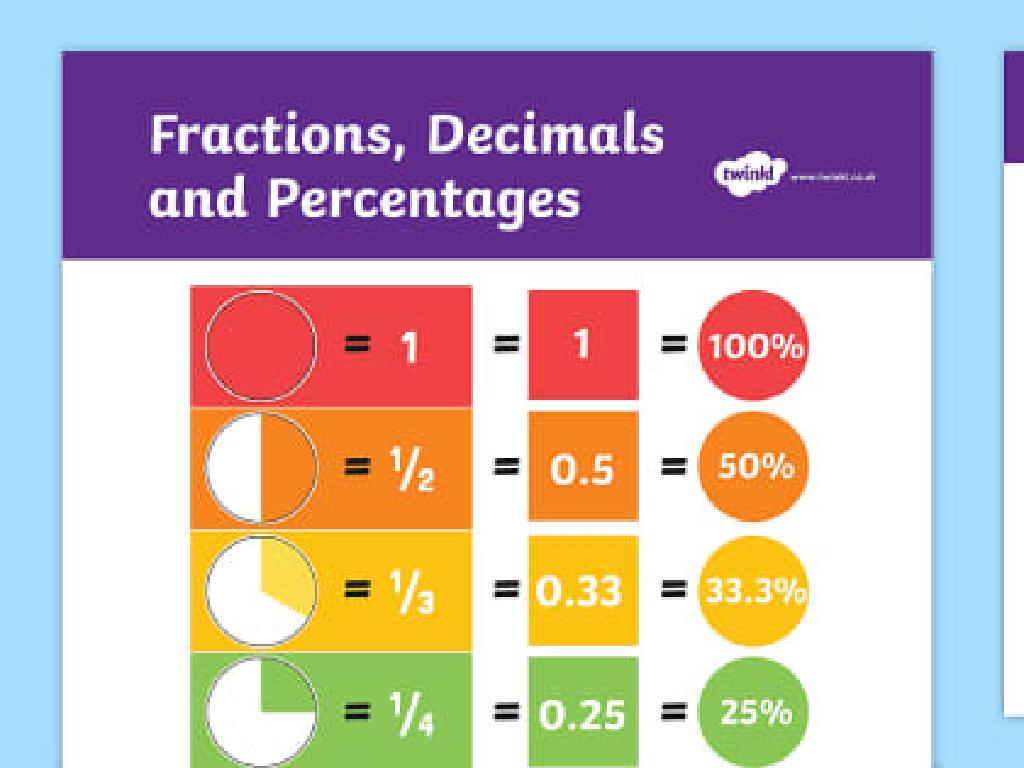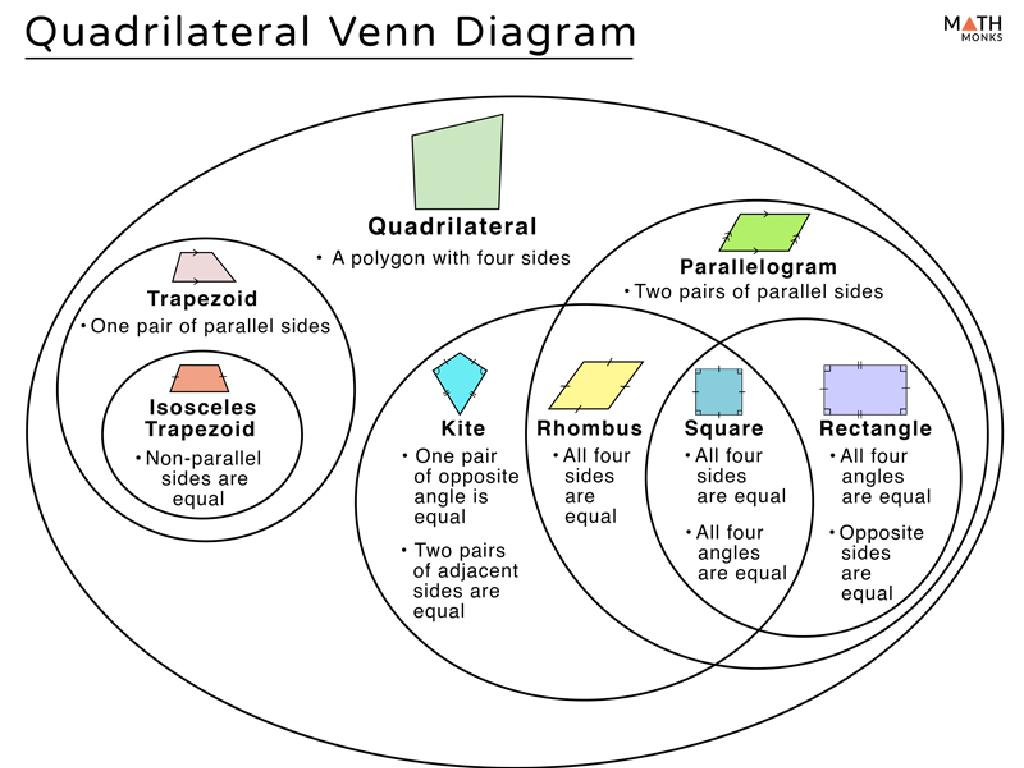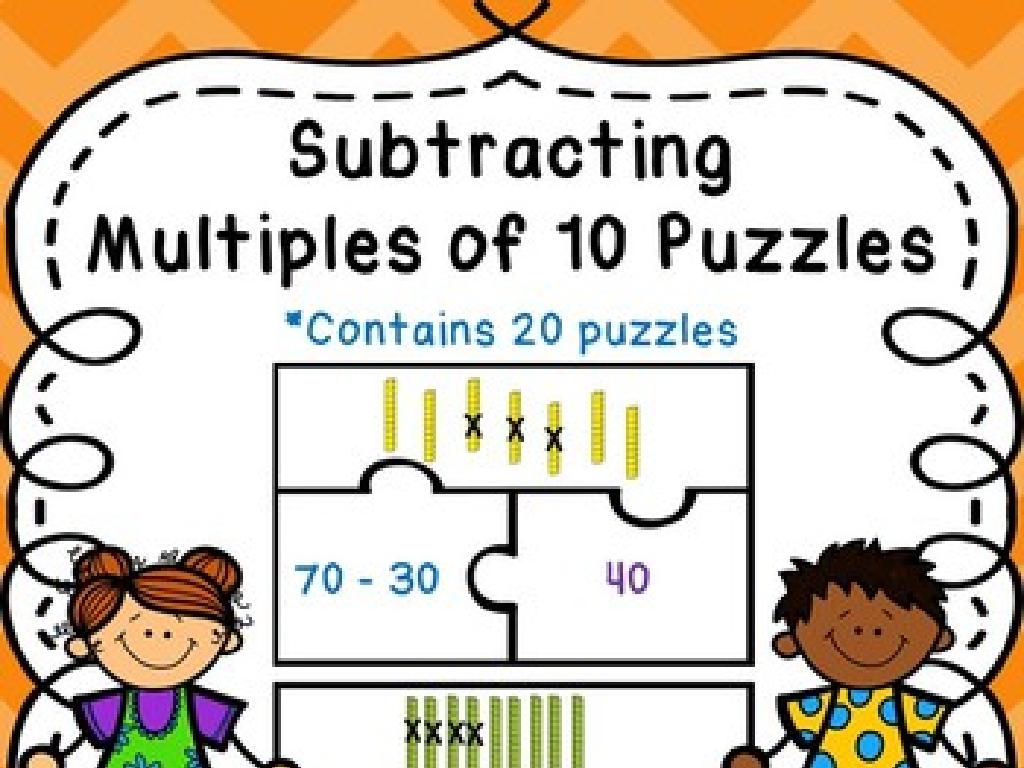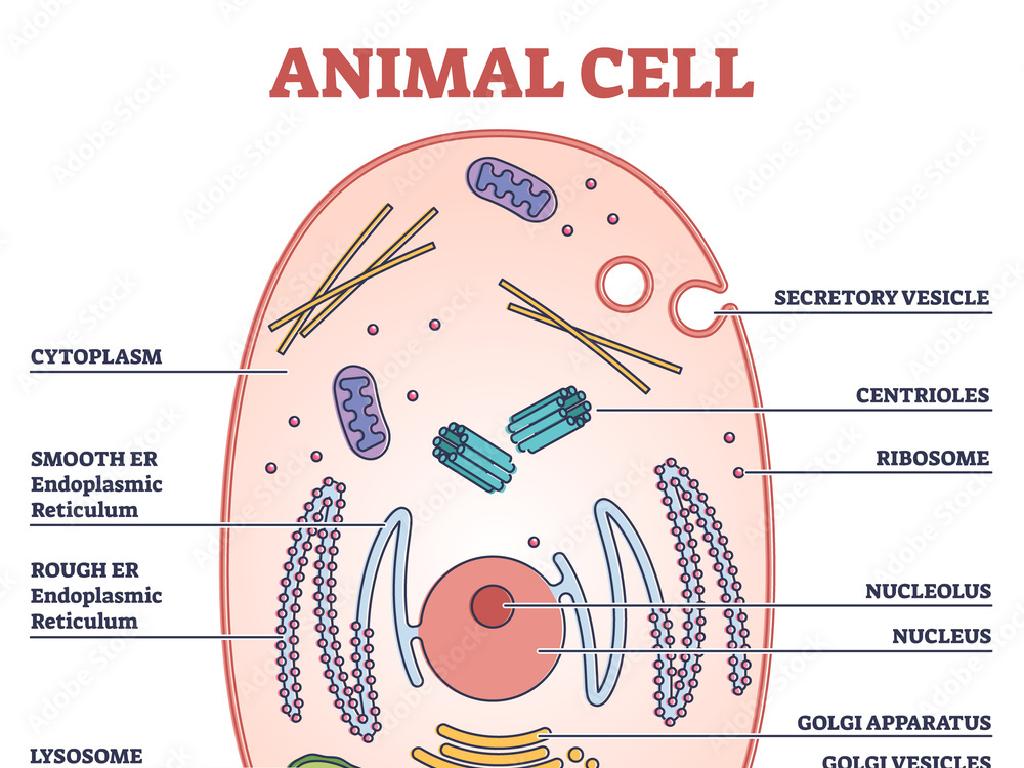Interpret Evidence From Fossils In Rock Layers
Subject: Science
Grade: Fifth grade
Topic: Fossils
Please LOG IN to download the presentation. Access is available to registered users only.
View More Content
Welcome to the Past!: Fossils Unearthed
– What are fossils?
– Fossils are remains of ancient life preserved in rock.
– Types of fossils
– Common types include body fossils and trace fossils.
– Fossil formation process
– Layers of sediment cover remains, which then turn into rock.
– Reading rock layers
– Older layers lie below newer ones, telling a story over time.
|
This slide introduces students to the concept of fossils and their significance in understanding Earth’s history. Begin by explaining that fossils are the preserved remains or traces of animals, plants, and other organisms from the remote past. Highlight the different types of fossils, such as body fossils (bones, teeth) and trace fossils (footprints, burrows). Discuss the process of fossilization, where organisms are rapidly buried by sediment and over time, the sediment hardens into rock, preserving the shapes of the organisms. Emphasize the importance of rock layers in determining the relative age of fossils, with the oldest fossils found in the deepest layers. This foundational knowledge sets the stage for exploring how fossils provide evidence of past life and environments.
Exploring Types of Fossils
– Imprints: Fossils as natural stamps
– Like a leaf print in mud, but hardened over time
– Casts: 3D fossil replicas
– Formed when a shell or other structure is filled with minerals
– Petrified fossils: Turned into stone
– Organic material replaced with minerals, like petrified wood
– More fossil varieties
|
This slide introduces students to the different types of fossils and how they are formed. Imprints are like nature’s stamps, where an organism leaves a mark on sediment that hardens into rock. Casts are created when the remains of an organism decay after being buried in sediment, and the space is later filled with minerals. Petrified fossils occur when the original organic material of the organism is replaced with minerals, preserving the structure in stone. Provide examples for each type, such as a fern leaf imprint or a petrified tree trunk, and explain that there are many more varieties of fossils to discover. Encourage students to think about how each fossil type provides clues to what life was like long ago.
Fossils Tell a Story
– Fossils: Earth’s history book
– Fossils show us what Earth was like long ago.
– Lessons from ancient remains
– We learn about creatures’ appearance, diet, and how they lived.
– Unveiling past environments
– Fossils indicate if past environments were wet, dry, forested, or open plains.
– Insights into ancient organisms
– Discover types of plants and animals that existed and their adaptations.
|
This slide aims to introduce students to the concept that fossils are more than just old bones or impressions in rocks; they are clues to our planet’s history. By studying fossils, scientists can piece together what the world was like in different eras, including the types of environments that existed and the organisms that lived there. Encourage students to think of fossils as a puzzle that helps us understand the story of Earth’s past. Discuss how the environment has changed over time and what these changes mean for the organisms that lived then. This will set the stage for further exploration into paleontology and Earth science.
Reading Rock Layers and Fossil Age
– Formation of rock layers
– Layers accumulate over time; oldest at bottom
– Understanding the Law of Superposition
– Younger layers lie on top of older ones
– Dating fossils using rock layers
– Fossils in lower layers are typically older
– Significance of fossil placement
– Position in layers helps tell the story of Earth’s past
|
This slide introduces students to the basics of stratigraphy and how it helps us understand the history of life on Earth. Explain that rock layers, or strata, are formed over time by the accumulation of sediments. Introduce the Law of Superposition, which states that in undisturbed layers of rock, the oldest layers are at the bottom and the youngest are at the top. Discuss how this law helps scientists determine the relative age of fossils found within these layers. Emphasize that the deeper the fossil is found, the older it is likely to be, which helps scientists piece together the timeline of life on Earth. Encourage students to think about how the Earth changes over time and how fossils can be clues to those changes.
Fossil Excavation: Unearthing History
– Paleontologists: Fossil Detectives
– Scientists who study ancient life through fossils
– Tools for Excavation
– Brushes, picks, and shovels gently reveal fossils
– Steps to Uncover Fossils
– Carefully remove rock to avoid damaging fossils
– Patience in Paleontology
|
This slide introduces students to the exciting world of paleontology, focusing on the role of paleontologists and the meticulous process they follow to excavate fossils. Paleontologists are like detectives who study fossils to understand ancient life. They use various tools, such as brushes and picks, to carefully unearth fossils from rock layers without causing damage. Emphasize the importance of patience and precision in this process. Encourage students to ask questions about how these scientists work and what tools they might use. Consider bringing in replica tools or organizing a mock excavation activity to give students a hands-on experience.
Interpreting Fossil Evidence in Science
– Methods to interpret fossils
– Scientists use tools and knowledge about Earth’s layers to make sense of fossils.
– Case study: Dinosaur fossil
– Example: Studying a T-Rex fossil to learn about its features and lifestyle.
– Insights into dinosaur behavior
– Analyzing fossils helps guess how dinosaurs acted, like hunting and moving.
– Understanding dinosaurs’ environment
– Fossils tell us about the climate and geography of the dinosaurs’ time.
|
This slide introduces students to the ways scientists interpret fossils to learn about dinosaurs. Start by discussing the methods used, such as carbon dating and studying rock strata. Use a case study of a specific dinosaur fossil, like a T-Rex, to show how scientists draw conclusions about its physical characteristics and possible behaviors. Explain how these interpretations can give us clues about how dinosaurs lived, hunted, and moved. Lastly, discuss how fossils can reveal information about the environment in which dinosaurs lived, including the climate and landscape. Encourage students to think like paleontologists and consider what they could learn from a fossil they found.
Your Turn: Fossil Detective!
– Role-play as paleontologists
– Examine provided ‘fossil samples’
– Observe the shape, size, and texture of the ‘fossils’
– Interpret fossils’ origin
– Use clues from the ‘fossils’ to guess how they lived
– Deduce the environment of the fossils
– Consider where such organisms could exist: land, water, or both?
|
In this engaging class activity, students will step into the shoes of paleontologists, the scientists who study fossils. Provide students with ‘fossil samples’ which can be anything from actual fossils, pictures, or replicas. They will use their observational skills to examine these samples and interpret the type of organism the fossil was and the environment it lived in. Encourage them to note the characteristics of the fossils that lead to their conclusions. Possible activities include matching fossils to the correct prehistoric era, inferring the diet of the organism based on tooth shape, or hypothesizing the climate of the environment where the organism lived. This hands-on approach will help solidify their understanding of how fossils provide evidence of past life and environments on Earth.
Fossils: Unearthing Earth’s Past
– Recap of fossil formation
– Fossils as Earth’s history book
– Fossils show changes in Earth and life over time
– Encourage student questions
– Reflect on today’s discoveries
– Think about what we learned and how it makes you see the world
|
This slide aims to summarize the key points from the lesson on fossils. Begin by recapping how fossils are formed and what they can tell us about past life on Earth. Emphasize the importance of fossils in understanding the history of our planet, such as evidence of different life forms and the environmental conditions they lived in. Open the floor for students to ask questions, ensuring they feel comfortable and curious about the topic. Encourage them to reflect on the information shared today and how it impacts their perception of the natural world. This reflection helps solidify their learning and fosters a deeper appreciation for Earth’s dynamic history.
Fossil Layer Activity: Making Your Own Fossils
– Create your own fossil layers
– Use clay, sand, and objects
– Objects like shells or leaves can represent ancient fossils
– Layer materials like rock strata
– Mimic how fossils are formed in different layers over time
– Present your fossil story
– Explain what each layer represents in Earth’s history
|
This hands-on activity is designed to help students understand how fossils are formed in rock layers over time. Provide clay and sand for students to create layers, simulating sedimentary rock strata. Small objects such as shells, leaves, or twigs can be used to represent the fossils. As they build their layers, encourage students to think about the sequence of events that could have led to the formation of their ‘fossils’. After the activity, each student will present their creation, explaining the story of their fossils and the process of fossilization. This will help them grasp the concept of geological time and how fossils can tell us stories about the past. Possible variations of the activity could include using different materials to represent various types of sediment, discussing how erosion might affect the layers, or comparing their models with actual fossil records.






